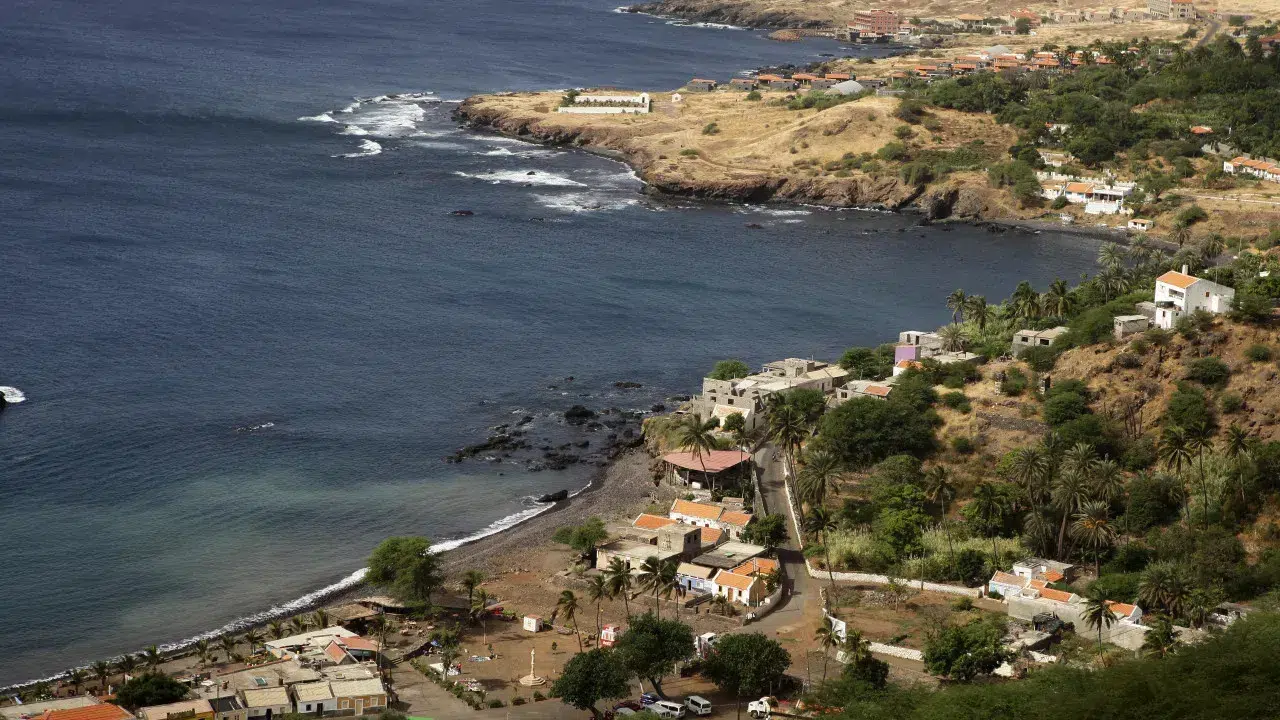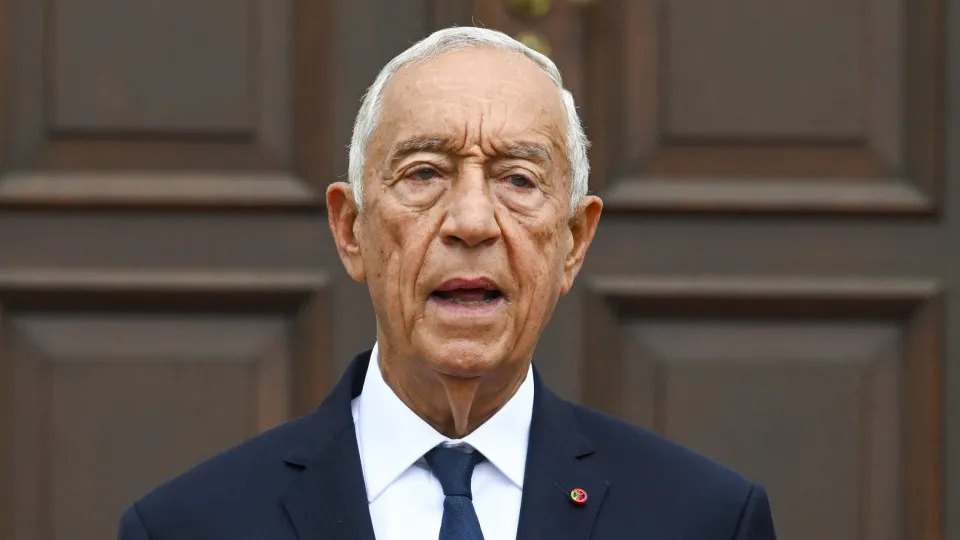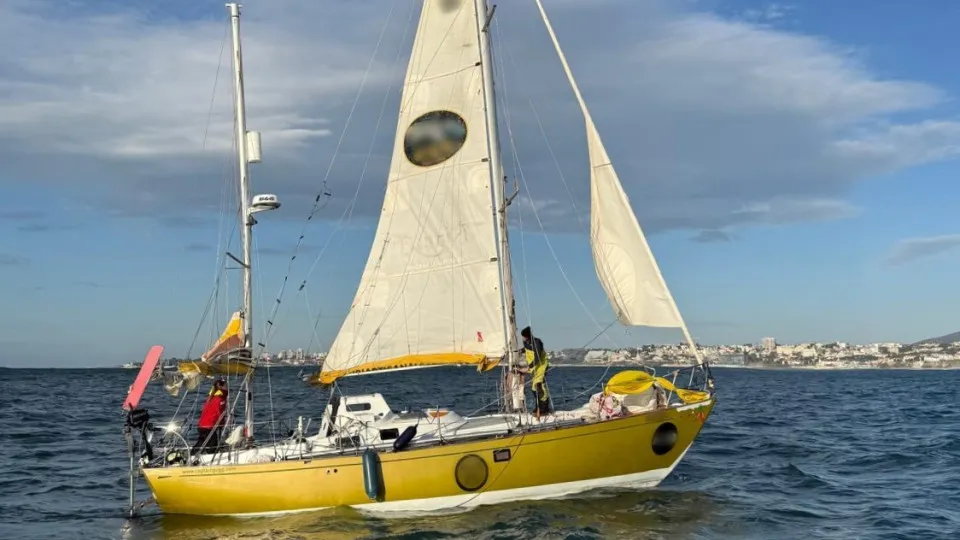
The music of Cape Verde carries a poignant feeling. This sentiment is embedded in our songs, expressing what words cannot say, what hands cannot write. It holds the silent rage, the unspoken disgust, the mute despair, and the words of faith that never leave our lips,” wrote Djunga di Biluca, founder of Morabeza Records, who passed away in 2023.
These words appear on the back cover of the first album released in 1965, titled ‘Caboverdianos na Holanda’, featuring artists such as Franque Cavaquinho and Tazinho.
Morabeza, originally named Casa Silva, was founded by Djunga di Biluca, who was part of an initial group of ten Cape Verdean maritime workers arriving in Rotterdam in the 1950s, laying their roots there.
They became the first of a community that would grow, with the leader of Morabeza helping newcomers find employment in Rotterdam and serving as the representative of the African Party for the Independence of Guinea and Cape Verde (PAIGC), whose leader, Amílcar Cabral, tasked him with establishing the label.
“Morabeza was a political project. I spoke with Djunga di Biluca, and he told me that the record label was suggested by Amílcar Cabral himself,” said sociologist and Cape Verdean music scholar César Monteiro, noting that the PAIGC leader understood music as a tool of resistance.
For César Monteiro, the label was “an expression of the identity claims of the Cape Verdean people,” whose political and cultural project surpassed any commercial or profit-driven intentions.
Though Morabeza’s discography rarely featured openly rebellious music, it documented and promoted Cape Verdean music without external interference, contrasting with the Portuguese colonial regime’s tendency to classify any colonial artistic expression as folklore.
“Many of the songs weren’t sung but played on the guitar, yet they were part of our identity. In those songs, there is an evocative sentiment of a longing, the kind of nostalgia that characterizes any Cape Verdean,” emphasized César Monteiro.
Thanks to Morabeza’s creation, Bana, who already owned a club in Dakar, Senegal, moved to the Netherlands.
At Franque de Cavaquinho’s invitation, he brought what would become the embryo of the Voz de Cabo Verde project, which saw various formations and configurations over nearly 20 years, either as a standalone band or as a support for many leading names in Cape Verdean music.
According to the sociologist, Djunga di Biluca also facilitated connections among Cape Verdeans arriving there and coordinated mobilization efforts in Conakry, where the PAIGC was headquartered and managed the liberation war.
When Emanuel Varela planned his exile from Portugal through the Portuguese Communist Party (PCP), he spent 15 days memorizing “about 100 phone numbers” of homes in France, Belgium, and the Netherlands, one of which belonged to Djunga di Biluca, he recalled, remembering a man who helped all Cape Verdeans who arrived in Rotterdam.
The journey was meant to take him to Conakry for the struggle, but he ended up staying in Rotterdam, recalling that merely the Morabeza symbol could cause trouble with the Portuguese secret police, “who knew it was a political project.”
“Djunga was always on the front line,” said the 74-year-old Cape Verdean.
While settled in the Netherlands, Emanuel Varela also recalled the connection with Bonga, who would release his first album with Morabeza, “Angola 72”.
“It was during a party in 1972, the day before Benfica was set to play against Feyenoord in Rotterdam. I saw Barceló de Carvalho [Bonga], the sportsman, performing. He told me he wanted to stay in the Netherlands and asked how to seek asylum. I explained, and he didn’t return to Portugal with the delegation. That night, he stayed in my room,” he reminisced.
Realizing Bonga’s musical talent and charm, he introduced him to Djunga di Biluca and Morabeza.
With the Angolan musician Mário Rui Silva and the Cape Verdean Humbertona, Bonga’s debut album was released that same year, marking the rise of one of the greatest figures in Angolan music.
By then, under Morabeza’s label, records by artists like Luís Morais, Bana, Djosinha, and even an unknown Cesária Évora had been released, with a single, decades before she propelled Cape Verdean music to global prominence.
Among the recorded works were also two vinyl editions of ‘Protesto e Luta’ – one focusing on music and the other on Cape Verdean nationalist poetry.
César Monteiro regards these two works as “the most significant records of that period.”
Retired Cape Verdean diplomat António Lima, who went to study in France in the mid-1960s, recalled Morabeza records as “a source of pride and courage for the diaspora.”
“Hearing Bana’s voice and the mornas and coladeiras from him and others brought a sense of affirmation and pride. It was our music, and it was something beautiful, beautiful, beautiful,” he told Lusa, explaining how in France, he became politically aware and founded the group Kaoguiamo with family and friends, which would release an album under the PAIGC label before independence.
It featured the song ‘Amílcar Cabral’, which wasn’t a morna, coladeira, or funaná.
“It’s more of a cry,” he said.
According to António Lima, the song came to him after Cabral’s death, while working as a building doorman in Paris.
Answering Lenin’s question “What is to be done?”, António Lima decided to write the song that laments Amílcar Cabral’s untimely passing, at a time when he thought the fight would falter without the PAIGC leader.
After the April 25 Revolution, César Monteiro recalled how that Kaoguiamo album rallied youth for many rallies leading up to July 5, 1975, the day of independence.
But freedom, he noted, was also achieved to the sound of Humbertona’s guitar, whose music was released by Morabeza and flooded radio after the fall of the Estado Novo regime.
António Lima vividly remembers Humbertona’s first record, ‘Lágrimas e Dor’, from 1967.
“You know, beauty also inspires revolt. People wondered why such extraordinarily beautiful music couldn’t be heard, why it had to be silenced. That music provoked questions, evoked tears and longing,” he reflected.
In a documentary by a Dutch television channel, Djunga di Biluca stated that Morabeza demonstrated that Cape Verdeans had their own culture, and the label served to preserve and maintain that same culture and identity.
“Without culture and identity, you are nothing,” he declared.




